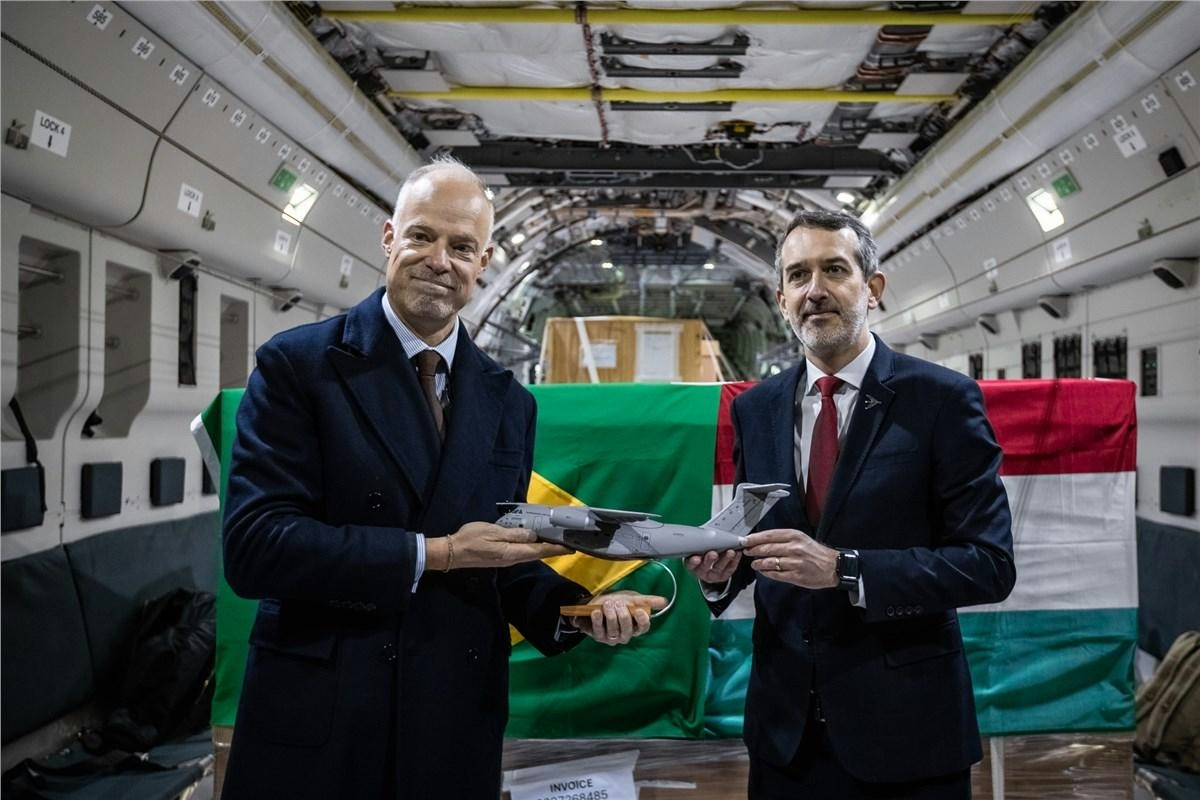
AeroGenie — 您的智能副驾驶。
热门趋势
Categories
Why the US Air Force Continues to Use the Boeing 767 in 2025

Why the US Air Force Continues to Use the Boeing 767 in 2025
The United States Air Force’s ongoing reliance on the Boeing 767 airframe in 2025 highlights the distinct demands of military aviation and the protracted nature of defense procurement processes. Although the Boeing 767 has largely been retired from commercial passenger service—replaced by the more fuel-efficient 787 Dreamliner since 2011—it remains integral to the Air Force’s aerial refueling capabilities through its adaptation as the KC-46 Pegasus tanker.
The KC-46 Pegasus: A Modern Tanker for an Expanding Fleet
The KC-46 Pegasus, derived from the Boeing 767 platform, represents the Air Force’s most recent addition to its aerial refueling fleet. Its durable design and dependable CF6 engines have ensured its continued relevance for both military and cargo operations, even as commercial airlines have transitioned to newer aircraft. Unlike commercial operators, the Air Force prioritizes durability, mission versatility, and cost-effectiveness over the fuel efficiency gains offered by newer models such as the 787.
This reliance on the KC-46 comes at a pivotal moment as the Air Force plans to expand its fighter fleet by 22 percent, reaching 1,558 jets by 2035. The KC-46 will be essential in supporting this larger force, enabling extended operational ranges for fighter aircraft through in-flight refueling.
Procurement Challenges and Strategic Decisions
The slow pace of military procurement is evident in the timeline of the KC-46 program. The Air Force initiated efforts to replace its aging KC-135E Stratotankers in 2001, yet the KC-46 only entered service in 2019. In contrast, Boeing’s 787 program began in 2004 and achieved commercial service by 2011. Notably, the 787 was never considered for tanker conversion, and Boeing has not developed a freighter variant of the Dreamliner.
Initially, the Airbus A330 MRTT was selected in the tanker competition, but after legal disputes, the Air Force reaffirmed its choice of the Boeing 767 in 2008 and again in 2011. While the A330 MRTT has become the most successful export tanker globally, the KC-46’s foreign customers remain limited to Israel and Japan, both longstanding recipients of U.S. military equipment.
Strategic Vulnerabilities and Tactical Evolution
Despite the United States controlling approximately 75 percent of the world’s military tanker fleet, emerging strategic challenges threaten current operational paradigms. A recent report cautions that U.S. strategies for a potential conflict over Taiwan may be compromised by dependence on vulnerable fixed air bases. In response, the Air Force is advancing its Agile Combat Employment tactics, which include deploying forces to remote locations such as Diego Garcia to enhance survivability and operational flexibility.
Production Outlook and Industry Context
Following the retirement of the last KC-10 Extenders in 2024, the KC-135 and KC-46 now constitute the core of the Air Force’s tanker fleet. Boeing is projected to deliver up to 166 KC-46A aircraft, with final deliveries expected between 2035 and 2040. Concurrently, Northrop Grumman is preparing for the next production contract for the B-21 Raider stealth bomber, signaling continued modernization efforts within the Air Force.
Boeing’s corporate outlook remains mixed, with its stock trading within a narrow range amid both positive developments—such as the resolution of a defense industry strike—and setbacks, including the loss of a high-profile NATO surveillance contract.
The continued use of the Boeing 767 airframe in the KC-46 Pegasus underscores the unique requirements of military aviation, the extended timelines inherent in defense procurement, and the evolving strategic environment confronting the U.S. Air Force.

Aviation Maintenance, Repair, and Overhaul Sector Set for Growth
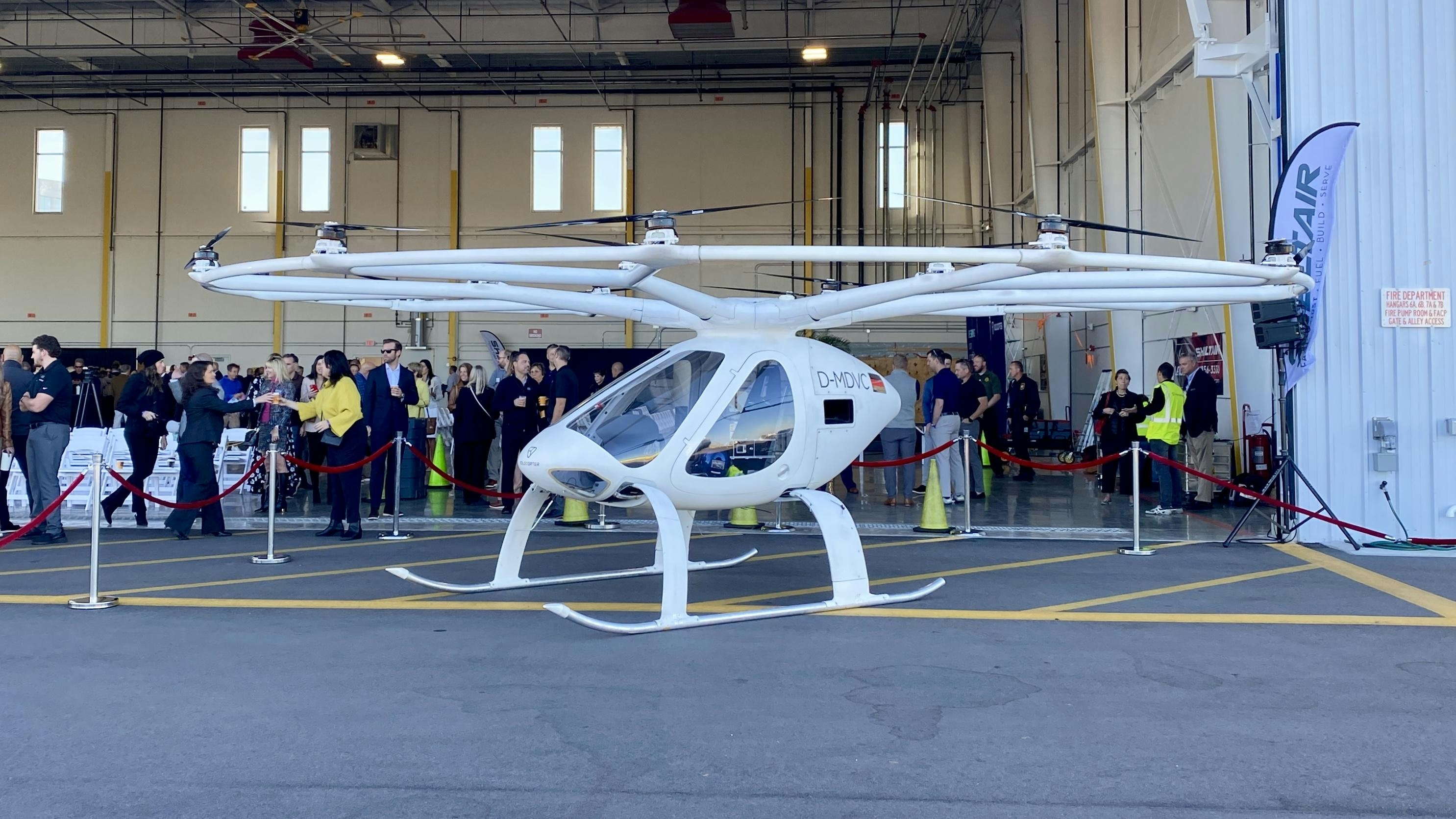
Central Florida Emerging as Leading Location for Future Air Taxis

Dassault Aviation and Thales Partner on AI for Future Air Combat
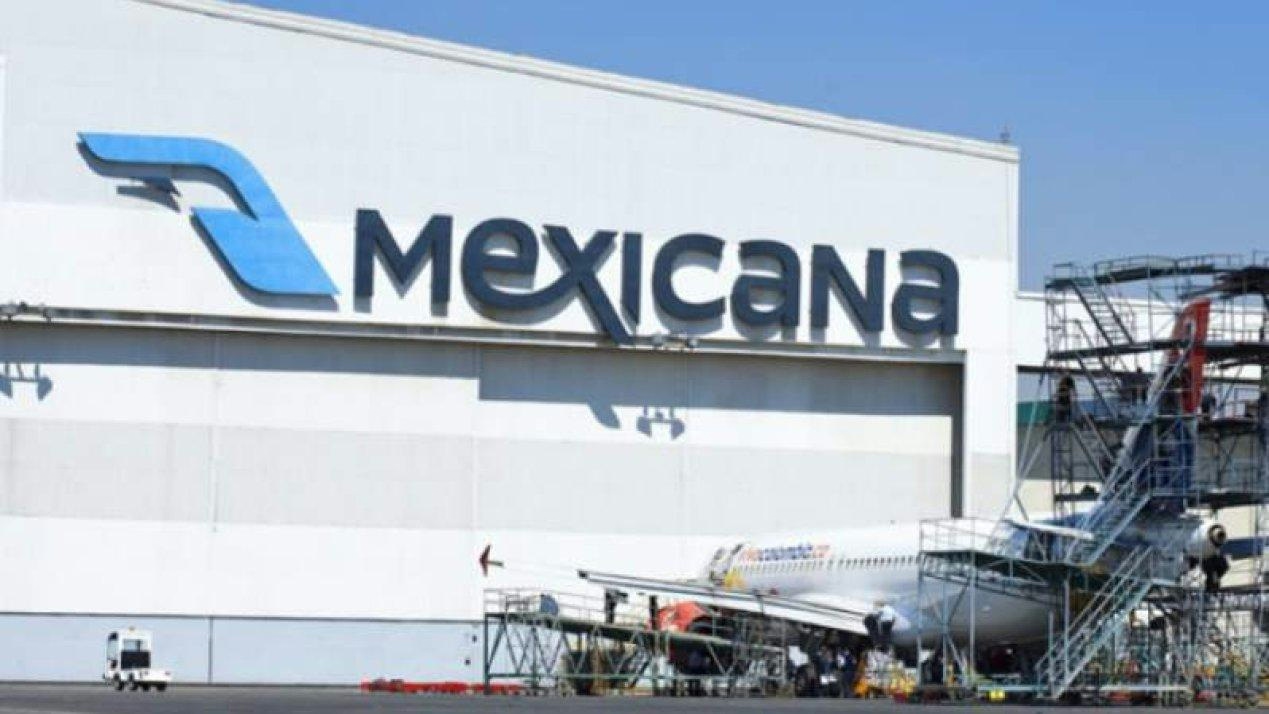
Mexicana MRO Deal Stalls Pending Banorte Extension Approval
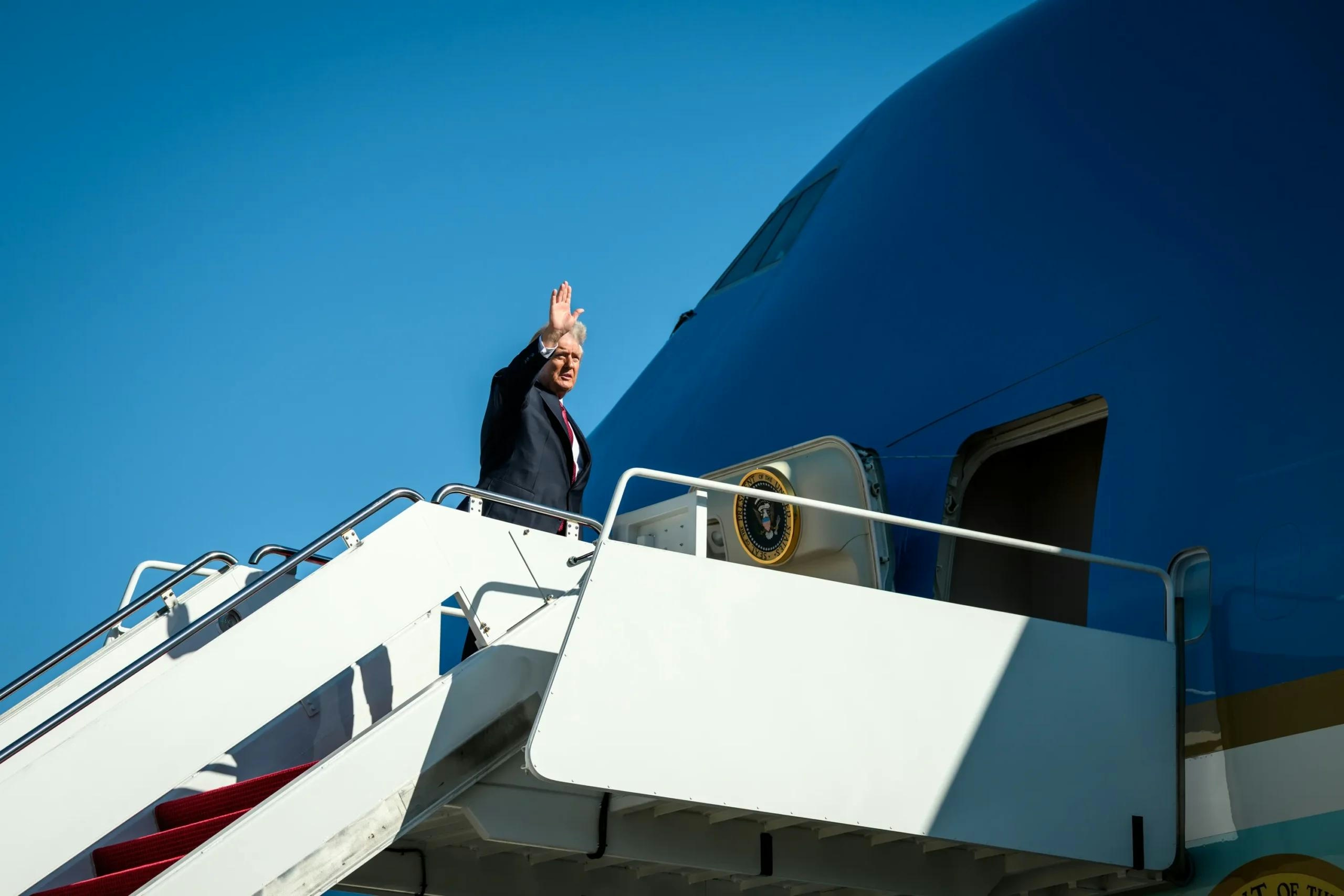
Trump's Policy on DEI Raises Concerns Over Aircraft Mechanic Training
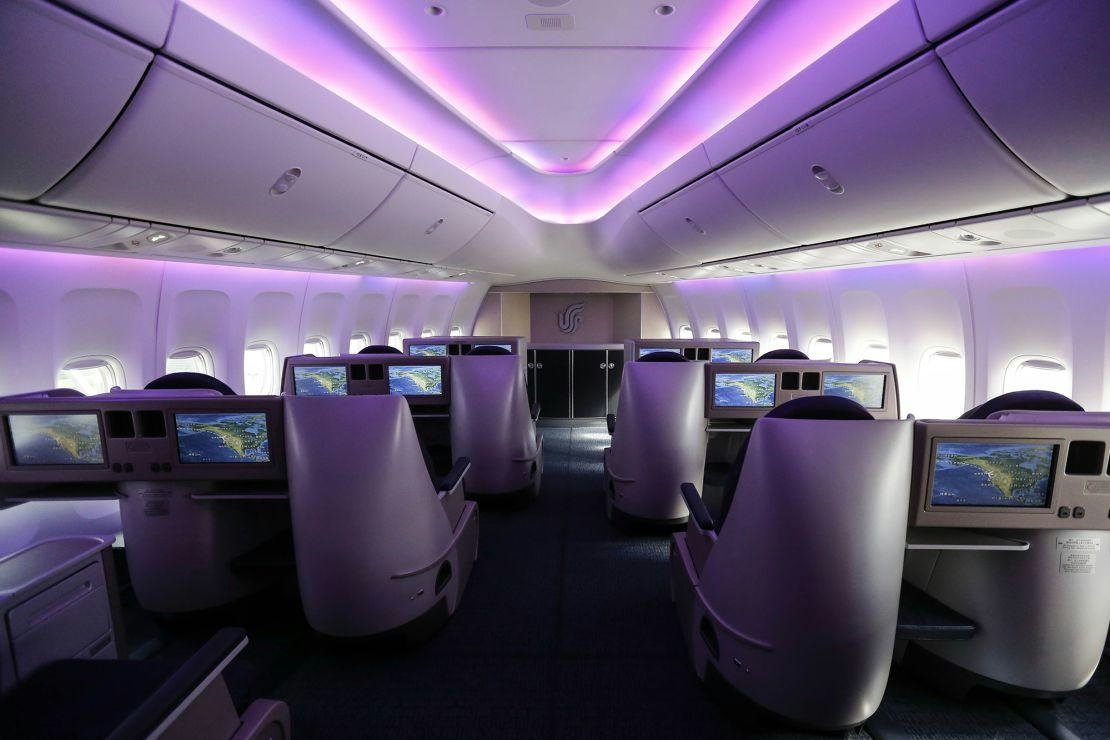
Why Boeing’s 747 Lacks a Full Second Deck Unlike the Airbus A380

Deutsche Aircraft Appoints Ernst-Georg Schröder Manager of Final Assembly Line for D328eco
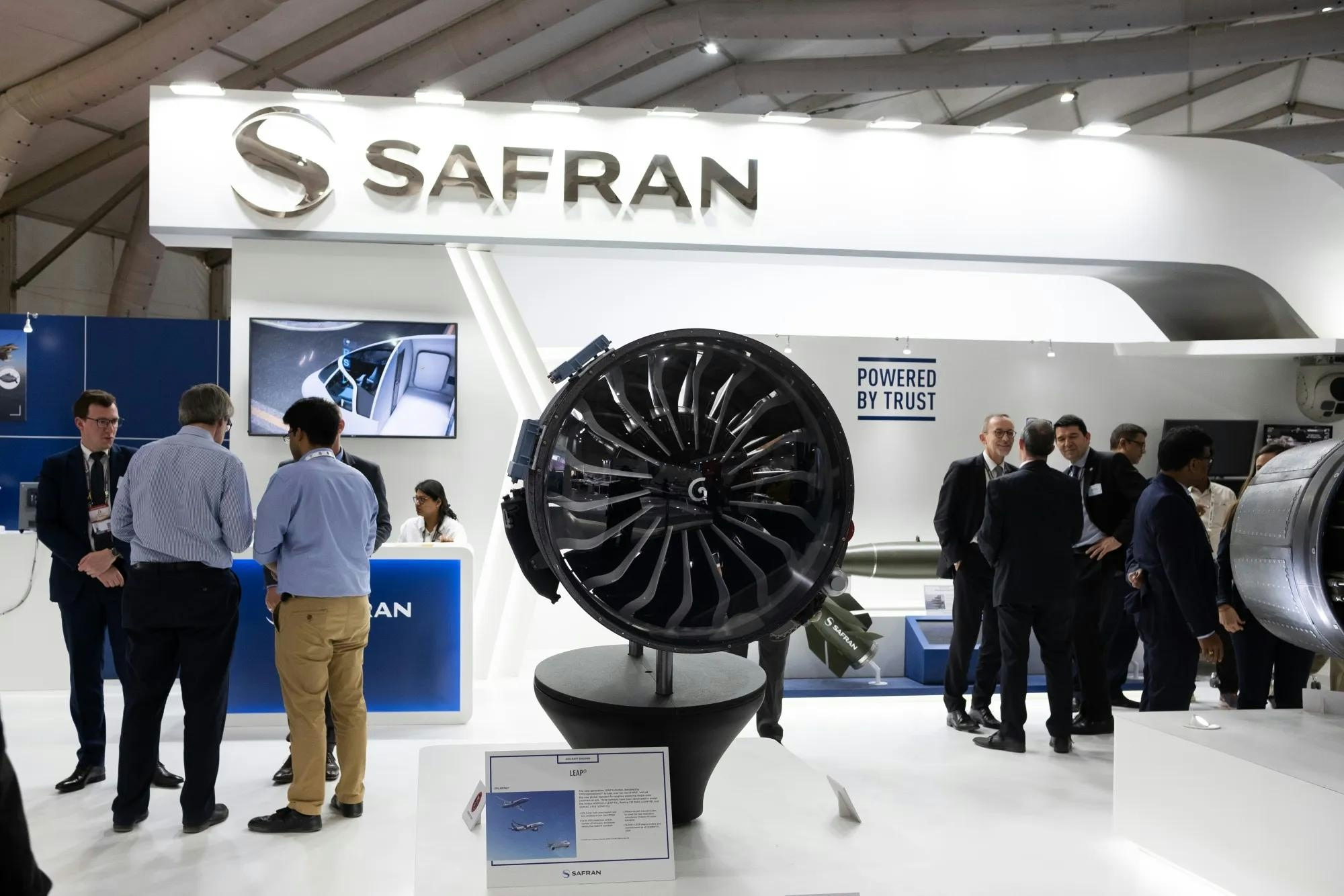
PM to Inaugurate Safran Aircraft Engine Services Facility in India on November 26
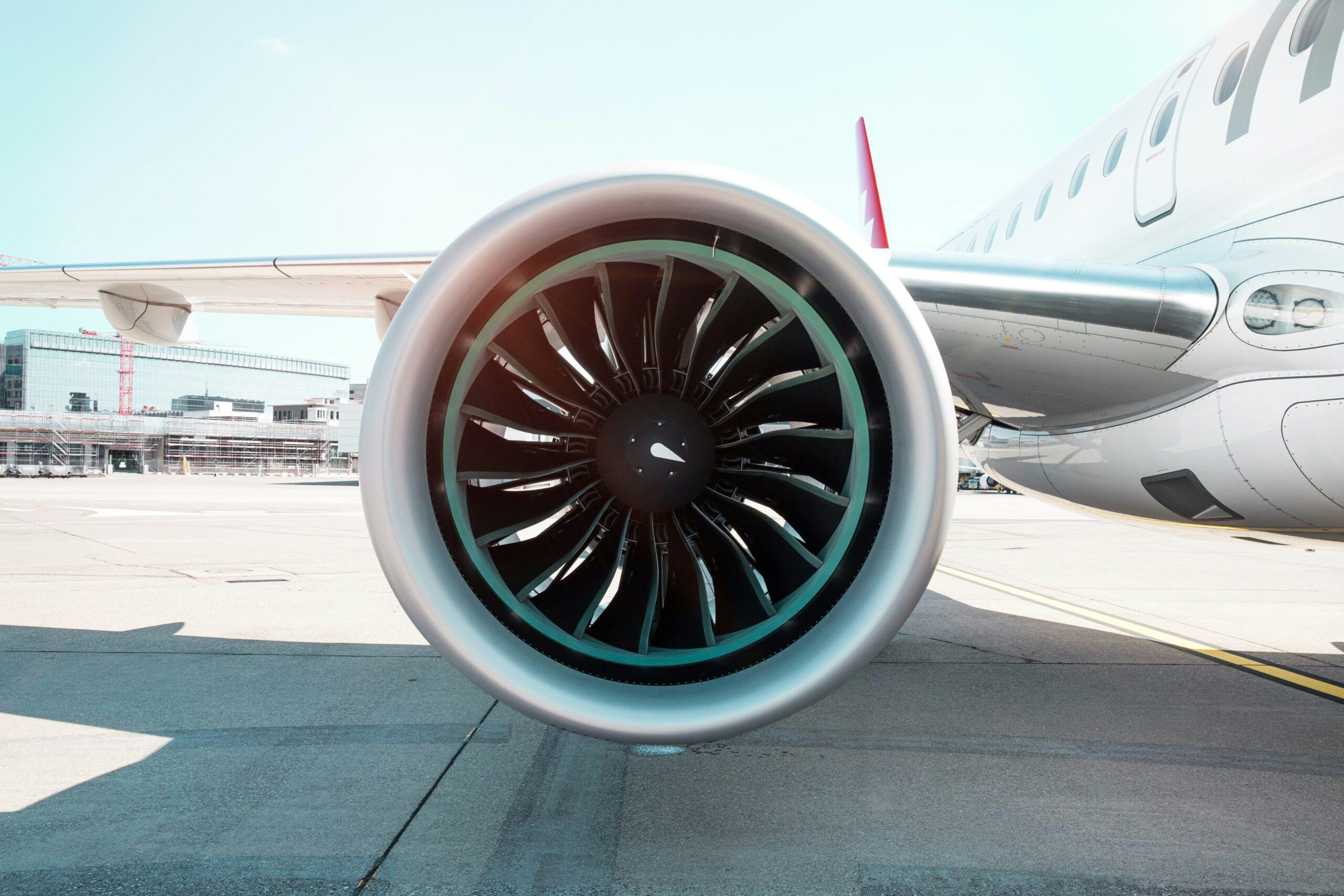
Leading Companies in Aviation Artificial Intelligence: Airbus, Amazon, Lockheed Martin, Tata Power, Thales
